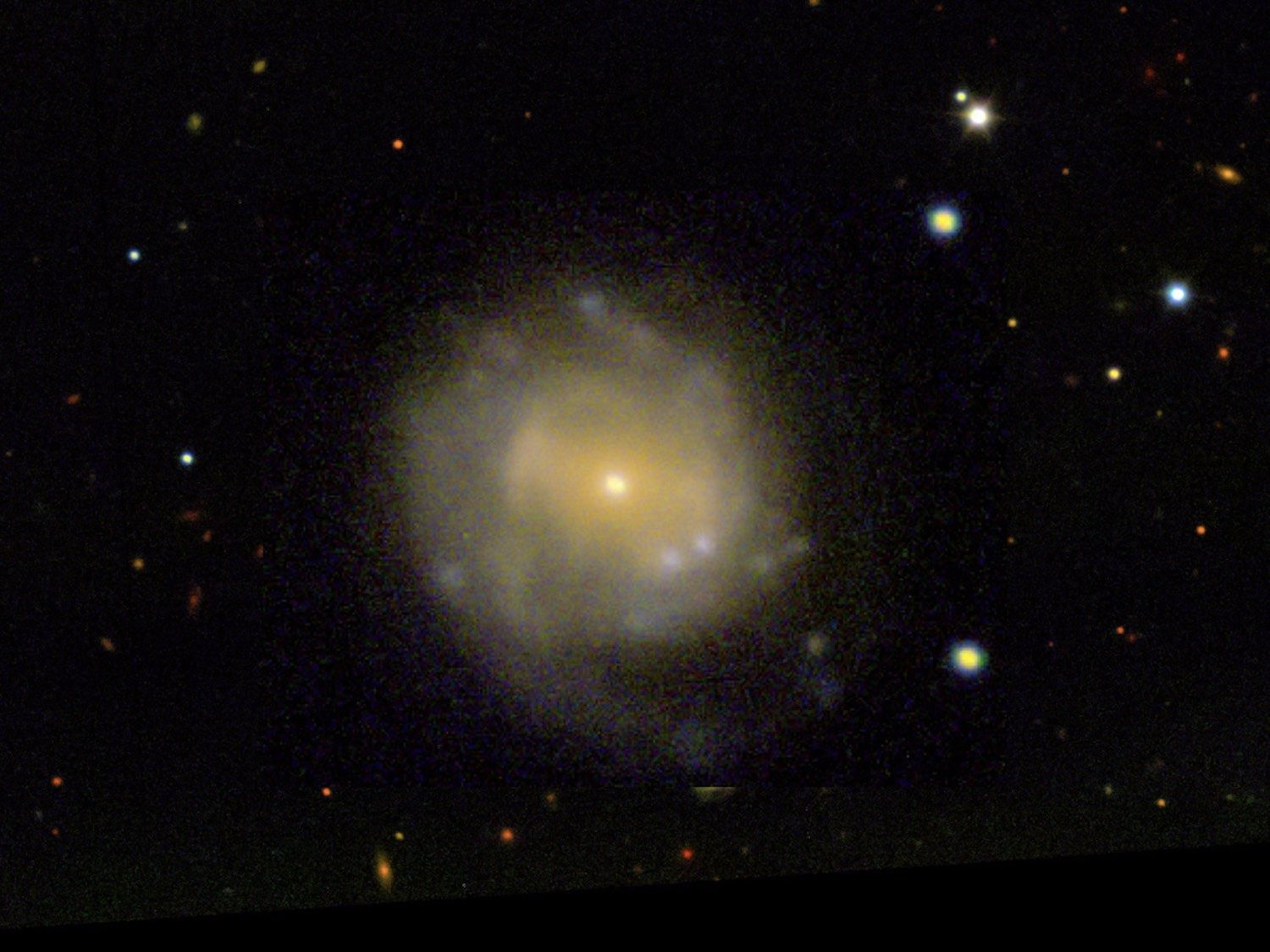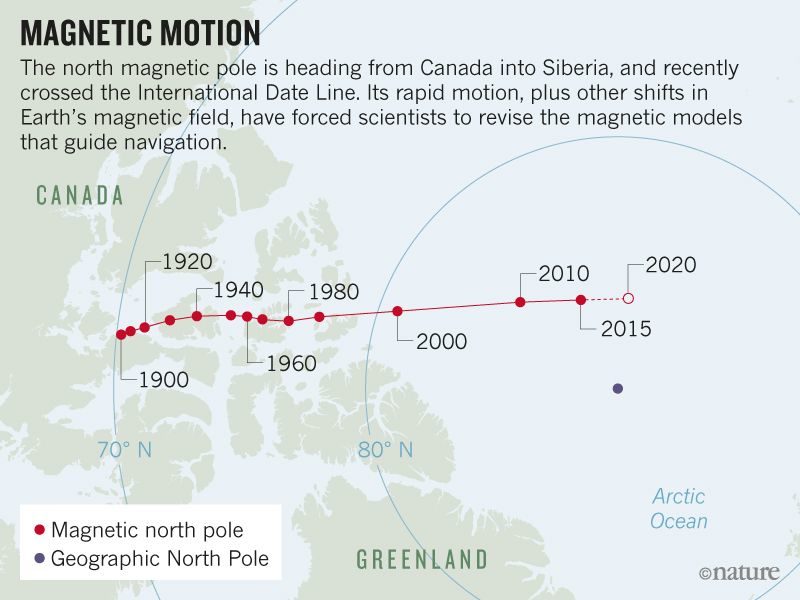
© Margutti, et alGone in a flash. The cosmic Cow is just visible as one of two bright spots in the lower right quadrant of the spiral galaxy classified as CGCG 137-068.
A team of astronomers using information gained by the W.M. Keck Observatory in Hawaii, US, has identified a sudden bright spot in a distant galaxy as a star collapsing to form a black hole or neutron star.
The analysis -
detailed in The Astrophysical Journal -
marks the first time the violent transformation from star to compact object has ever been recorded.The discovery began in June 2016 when ATLAS telescopes in Hawaii captured a new and intensely bright phenomenon beaming out of the Hercules galaxy, about 200 million light-years from Earth. The event was hyper-transient, disappearing after just 16 days and leaving observers wondering about its cause.
"We thought it must be a supernova," says Raffaella Margutti, of Northwestern University in the US. "But what we observed challenged our current notions of stellar death."
The mysterious object was dubbed "AT2018cow" and quickly nicknamed The Cow.
As the astronomers began to dig deeper into the data gathered by the telescopes - augmented by additional material obtained from the MMT Observatory in Arizona, US, and the Southern Astrophysical Research SOAR Telescope in Chile - the supernova theory quickly fell over and the search for a different explanation commenced.


Comment: In recent times this rare cloud phenomena has appeared over Southern California, UK, Texas, Louisiana, Mississippi and Alabama.
Other strange cloud anomalies seem to be appearing globally with higher frequency and intensity. Factors which may contribute to these 'strange skies' are atmospheric dust loading from increased comet and volcanic activity and changes in the layers of the atmosphere. See also:
- Spectacular Sun Halo Seen by Skiers in Sweden
- Rainbow appears in Taiwan for 9 continuous hours as experts claim it has broken record
An indicator of this dust loading is the intensification of noctilucent clouds we are observing. As explained in Pierre Lescaudron's book, Earth Changes and the Human-Cosmic Connection: See also: Chemtrails? Contrails? Strange skies